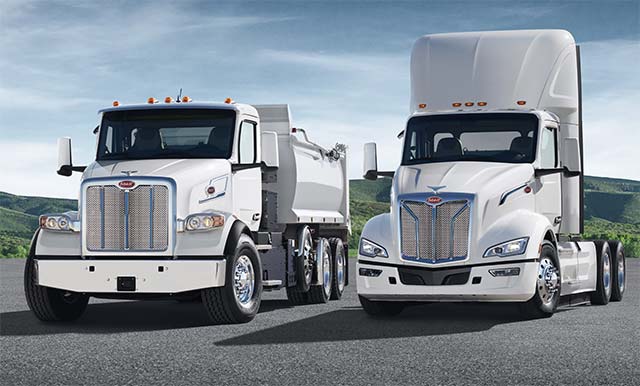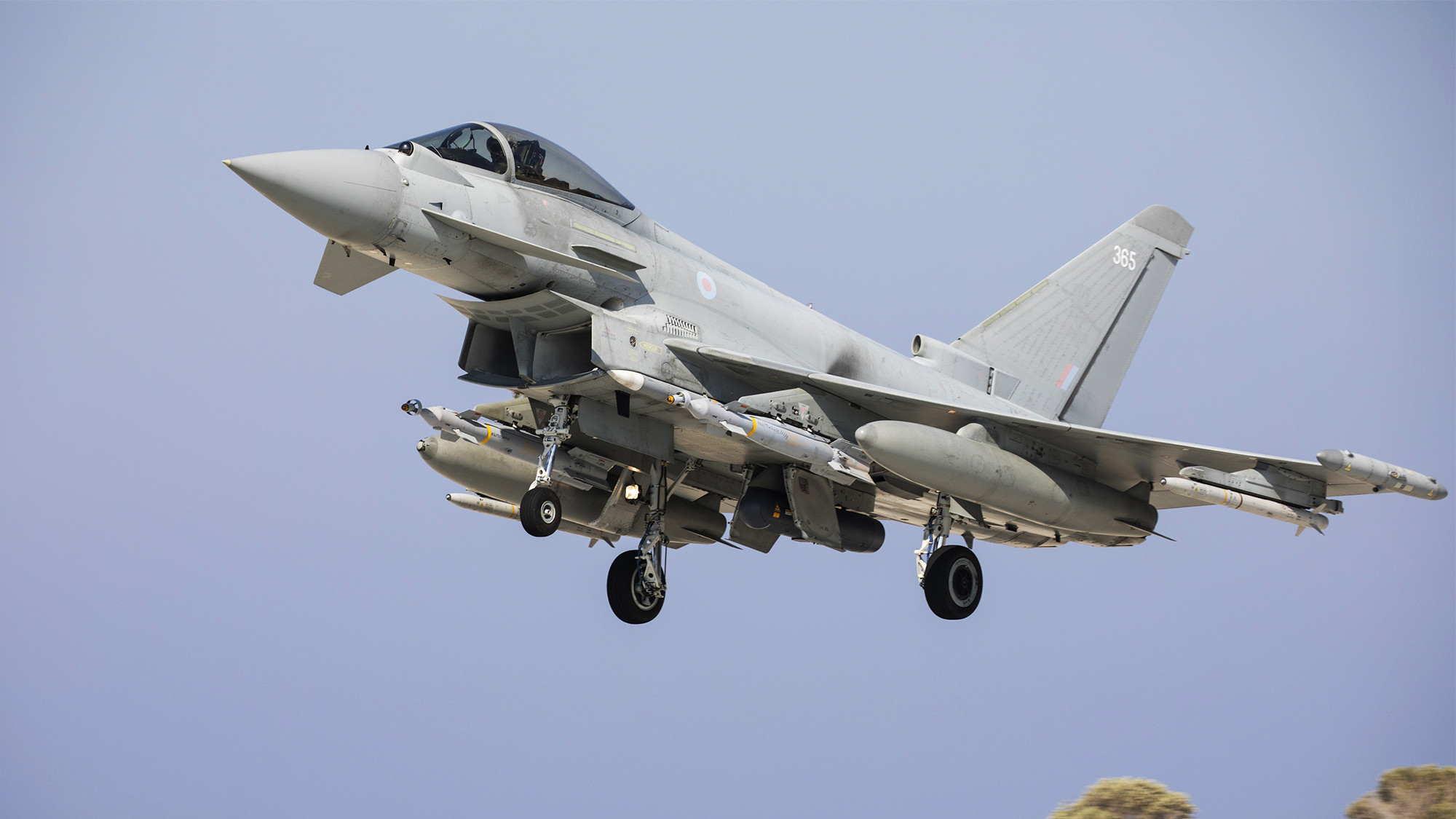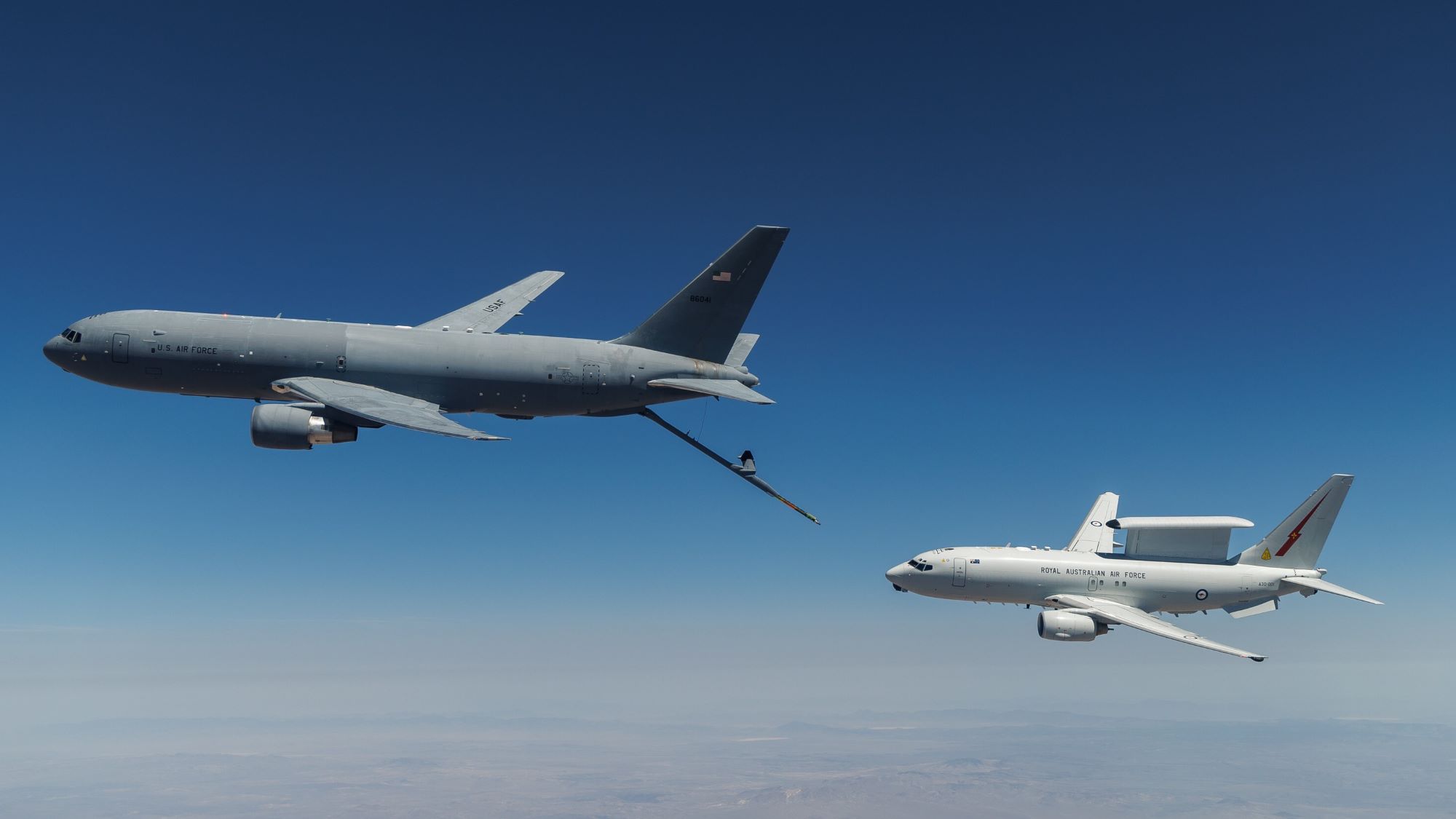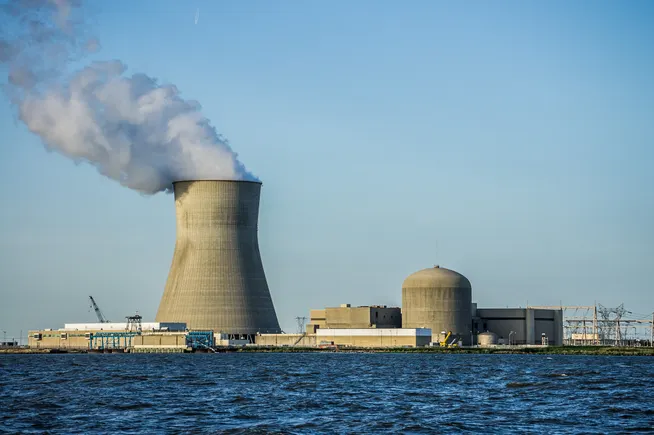CN’s first-quarter earnings grow despite impact of severe weather
Canadian National saw 8% earnings growth and had an improved operating ratio in the first quarter. The post CN’s first-quarter earnings grow despite impact of severe weather appeared first on FreightWaves.

Canadian National (NYSE: CNI) reported stronger first-quarter earnings Thursday despite the impact of harsh winter weather across its system, which crimped train length and the railway’s ability to meet demand for intermodal and merchandise service.
“We are very pleased today to be reporting strong first-quarter results,” CEO Tracy Robinson said on the railway’s earnings call, pointing to 8% earnings growth and an improved operating ratio. “This gives us a good start on the year, particularly as we expect earnings growth to pick up in the second half.”
CN is sticking with its full-year volume and earnings growth outlook despite continued uncertainty over tariffs and trade policy.
“There’s no question that uncertainty has increased over the last few months, and we’re seeing a heightened risk of recession in both Canada and the U.S.,” Robinson said. “Now it’s difficult to say what will happen from here. While we remain optimistic that the U.S. will ultimately reach trade agreements with Canada, China and other countries, we don’t know what those deals will look like nor when they will happen. What we do know is that CN is well positioned to enable global trade regardless of potential changes in trade patterns.”
CN did not see significant changes in traffic flows during the quarter due to the imposition of U.S. tariffs on Canada, Chief Commercial Officer Remi Lalonde says.
But CN expects to see an “air pocket” in second-quarter international intermodal volumes due to canceled sailings from Chinese ports, Lalonde says. The drop in container traffic at CN-served ports should not be as steep as what’s expected in the U.S., where West Coast ports are expecting an import cliff as volume from China dries up due to tariffs as high as 145%.
About a third of the container volume CN handles at Vancouver and Prince Rupert, British Columbia, are shipments bound for Chicago and elsewhere in the U.S. Midwest. Half of that traffic originates in China.
CN’s quarterly operating income increased 4%, to $1.1 billion, while revenue was up an identical 4%, to $3.1 billion. Earnings per share increased 8%, to $1.34. The railway’s operating ratio was 63.4%, a 0.2-point improvement over a year ago.
Traffic volume was up 1% when measured by revenue ton-miles, CN’s preferred metric, but was down 2.2% when based on carloads and containers. The carload decline was largely due to reduced iron ore shipments. On a carload basis, growth in coal, grain, fertilizer and automotive traffic was more than offset by declines in shipments of petroleum and chemicals, metals and minerals, forest products, and intermodal.
In February, CN saw 19 straight days of extreme cold in Canada, which forced the railway to impose limits on train length and speeds.
“Winter conditions really hit hard in February and not just in the West where we’re used to seeing cold temperatures,” said Derek Taylor, CN’s chief field operating officer. “We also had some extreme cold and record snowfall in the Eastern Region and saw considerable flooding in the Southern Region along our Chicago-to-New Orleans corridor. Tying it together, we had impacts across the entire network at the same time, which limited the ability for some parts of the network to assist other regions. For instance, Toronto wasn’t able to absorb the switching to help out Winnipeg.”
The train length restrictions reduce capacity for intermodal and merchandise trains by up to 30%, which hampered the railway’s ability to meet customer demand.
CN’s operating metrics reflected a more normal winter: Car miles per day declined 8% and terminal dwell rose 10%. But the railway bounced back in March and handled a record amount of Canadian grain.
CN cut its capital budget by $72 million, to $2.46 billion, in the face of fluctuations in currency exchange rates.
CN’s personal injury rate was flat, while the train accident rate rose 21%.
Related:
The post CN’s first-quarter earnings grow despite impact of severe weather appeared first on FreightWaves.




























































































































































